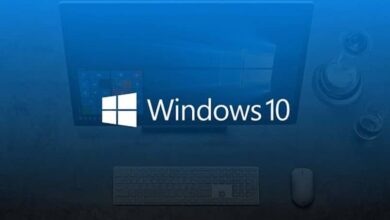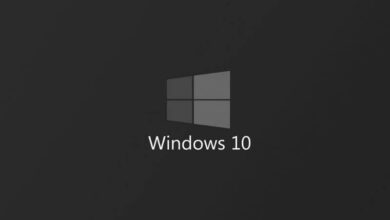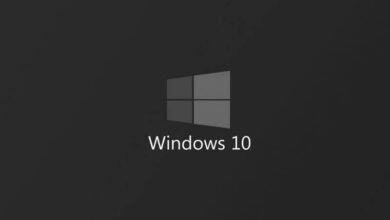How to Create Bootable USB Drive with Windows 10 - Put Windows 10 to USB Drive
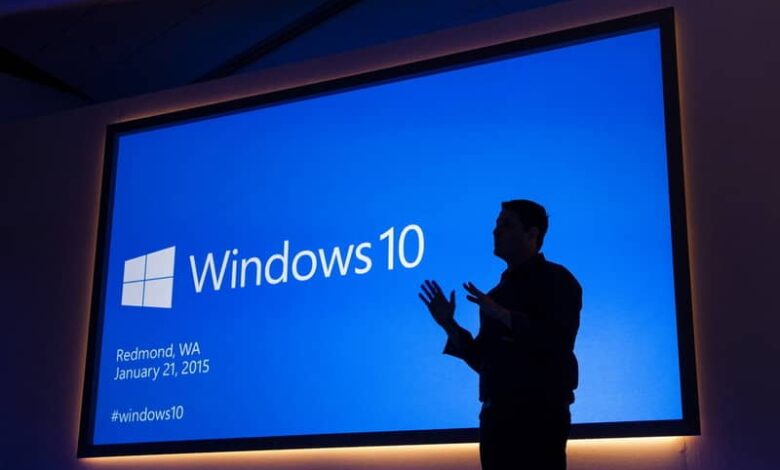
Installing an operating system may seem like a complicated process to novice users, but it's easier than it looks. Savoir how to create a bootable USB drive with Windows 10 and put Windows 10 on a USB drive is not as difficult as you might think.
This Microsoft operating system is by far the système IT le most popular , its ease of use and its functions make it one of the best allies of PC users. For this reason, having a copy always handy on our USB sticks could be very practical.
The process of starting and installing Windows 10 on a USB key is simpler than it looks. In fact, it is one of the most popular ways to install Microsoft operating system.
Do not stay behind and learn how to create a bootable USB drive with Windows 10, in relation to this and before you start, it is highly recommended to know the best programs to create a bootable USB drive in Windows , which could represent an alternative to what we will show you below.
How to Create Bootable USB Drive with Windows 10 - Put Windows 10 to USB Drive
As we have pointed out, the process of booting Windows 10 from a USB drive is not complicated, you just need to follow a series of fairly simple steps. In fact, the Microsoft company provides us with an OS designed to be installed from a USB stick.
There are also other options with which you can also perform this action, like creating a bootable USB memory with Rufus , but today we are going to talk about which official method is the most recommended.
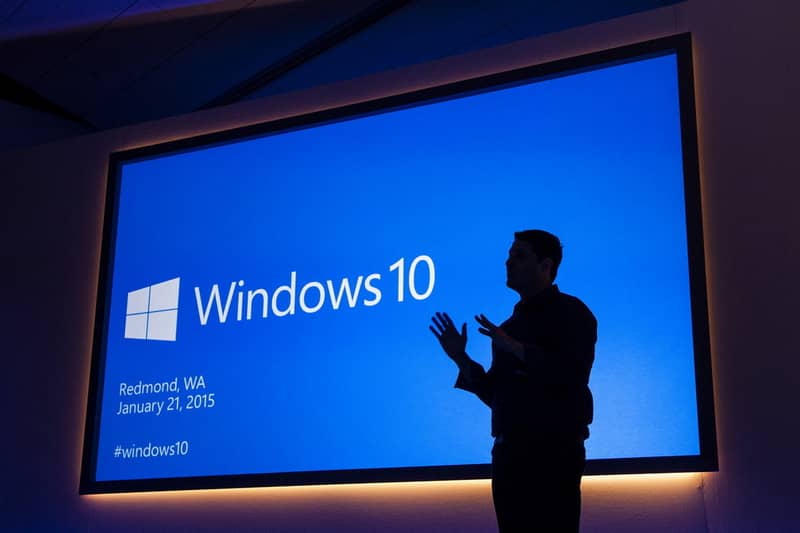
Preparations to create a bootable USB drive with Windows 10
It should be noted that the correct environment should be prepared to install Windows without problems from a USB stick. Keep in mind the following points:
- You need a USB flash drive of at least 4 GB for installation, but the higher the capacity the better.
- The PC for installation must meet the following requirements: 1 GHz processor, 1 GB RAM for 32 bits or 2 GB for 64 bits .
- In the case of installing the operating system on a laptop or a portable equipment , remember to connect it to the power supply, so that it does not discharge during the procedure.
Download ISO (Windows 10)
- The first step is precisely to acquire the operating system, for this you will have to go to the official Microsoft page where you can directly download the ISO of Windows 10 .
- On the page, there are two download options: 32-bit Windows and 64-bit Windows. 32-bit Windows is recommended for base systems with RAM less than or equal to 4 GB. If your computer is more powerful, we recommend that you download 64-bit Windows.
- After clicking on the chosen version, you will be asked to save a file. This little program will be both the ISO downloader and the space in which you will configure your system.
Format your USB key
- Before starting the process, connect your USB stick to PC . You will need to format your memory. Remember that this process will delete all the files present in the memory, for which we recommend that you make a backup copy of a USB stick on your PC , after that, you can proceed with formatting.
- Access the area where hard drives and storage units are displayed. Right click on your USB drive and click Format .
- The formatting screen will appear, turn off the Quick Format option and press Start.
- Wait for the Full Format notification to appear and click OK.
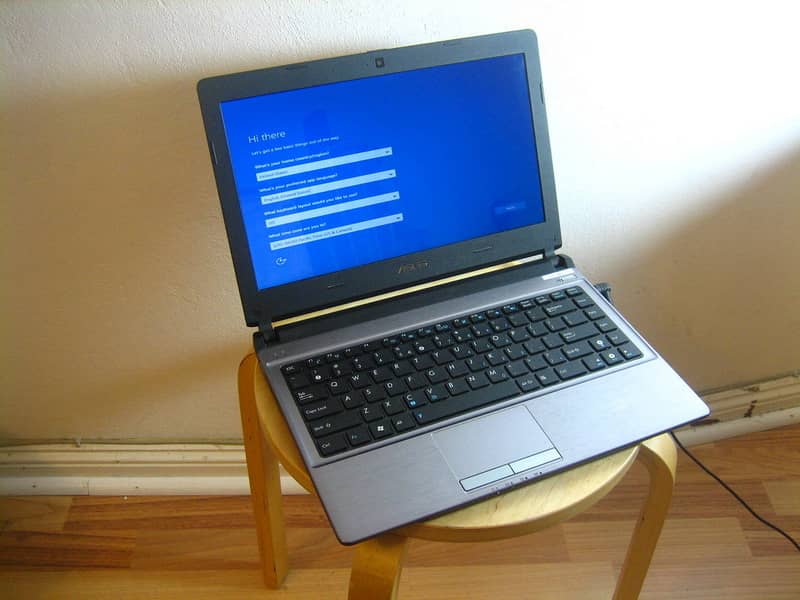
Final steps to put Windows 10 on a USB drive
At this point we are almost done with the procedure, create simply the start which we will use later to install Windows 10 on other computers.
Start Windows 10 on a USB drive
- Run the program you previously downloaded from du official website of Microsoft . The app will do a brief system scan, wait a bit.
- After the above, the system will ask "What do you want to do?" Click on Create installation media for another PC and click Next.
- On the next screen, you need to select the language, the desired Windows edition and the architecture (32-bit or 64-bit). Configure these options as desired.
- In Choose the medium to use, select the first option USB key, click on next.
- Select the USB memory to use and click Next.
- At this point the file copy process will start, wait for the process to complete.
By performing the above procedure in the right way, you will have a USB key ready to install Windows 10 on any computer.
In addition to the above, you should consider install multiple offline programs at once in Windows , that is, to install the software essential to use the computer, a recommended alternative to get your computer up and running quickly.

